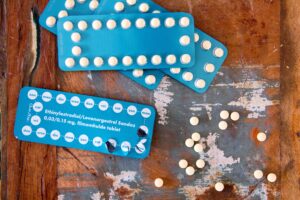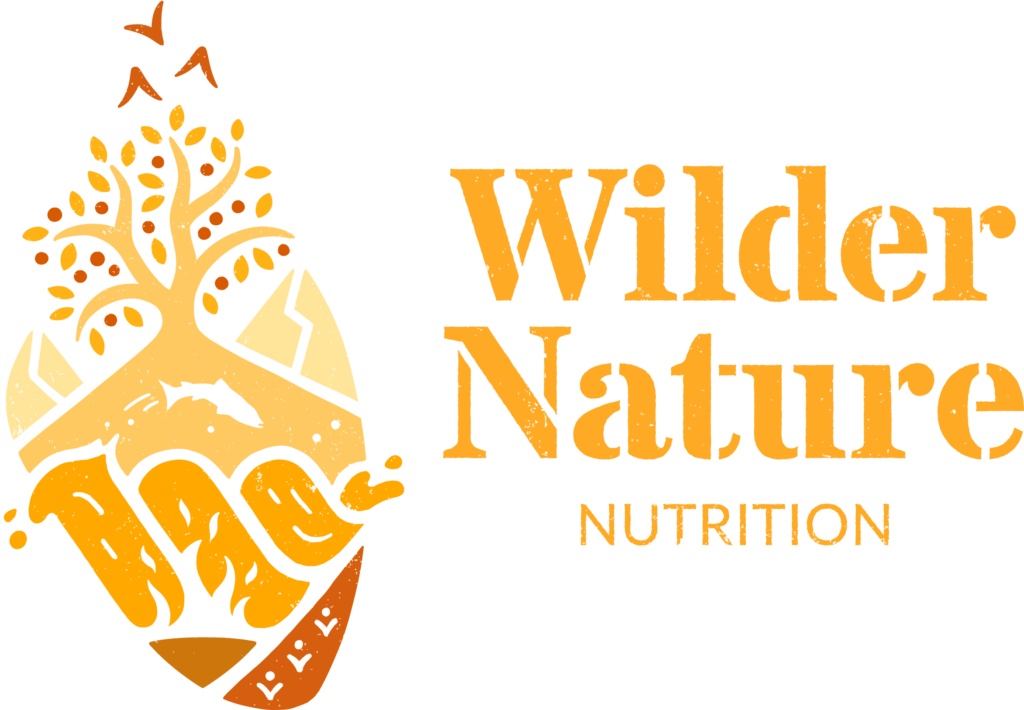..I need to eat! Ever get that feeling where you’re just so hungry that you start feeling seriously irritable, and before you know it, you’re snapping at your poor friend / partner / parents?!
Feeling ‘hangry’ – hungry + angry – is an emotional state that can leave us feeling bad-tempered or irritable as a result of hunger. Sound familiar?
Well, you’re not alone. And there may be a biological reason you might sometimes feel this way.
When blood glucose levels drop, it triggers a stress response which releases hormones including the stress hormone cortisol. Cortisol can cause feelings of aggression and anger, which may lead to those familiar feelings of irritability. If you’re getting Hangry rather than just hungry, consider this – if your blood sugar is on a rollercoaster throughout the day, your emotions and stress levels may unfortunately also be along for the ride.
So how do you know if you’re on a blood sugar rollercoaster…?
Do you get hungry again 1-2 hours after a meal?
Do you crave high-energy / carby snacks like crisps, chocolate bars, cookies, french fries, or bread?
Do you feel sleepy after a meal, or in the late afternoon?
Do you need coffee, sugar or cigarettes to keep you going?
Whilst individual symptoms vary, a yes to any of the above may indicate that your blood sugar levels need some support.
Simple carbs – things like bread, pasta, cereal, pastries, cookies and cakes – contain sugars that are absorbed comparatively quickly into the bloodstream, making a sudden crash or dip in blood sugar levels more likely in the 1-2 hours following a meal.
How many of your meals per day are based around these foods? It’s not about demonising certain foods or achieving dietary ‘perfection’ (whatever that may be!), but including certain types of foods at certain times of the day can really set our energy levels and blood sugar levels on the right or wrong path.
So, how do I get off the blood sugar rollercoaster?
Firstly, aim to include a good source of protein and fat at each meal, especially at breakfast. Many of us have grown up in cultures where eating cereal or toast for breakfast was normal, but these foods are unfortunately quite nutrient-poor. Try adding some smoked salmon and a poached egg to your toast, or some smashed avocado and crumbled feta. Nuts and seeds are a great addition to porridge, and nut butters make a great snack with sliced apple.
Including sources of protein and fat like eggs, salmon, avocado, olive oil, and nuts can start your day off differently and set you up for a more sustained release of energy, helping to avoid those energy dips and crashes.
Try it for a few days in a row and note down in a journal the differences you feel in energy levels, appetite, tiredness and even sleep patterns, or any other symptoms you may have, especially dizziness, trouble focusing, brain fog, headaches or joint pains.
Take a look at my instagram post for more ideas, or drop me an email for more information on the nutritional therapy packages I offer.








